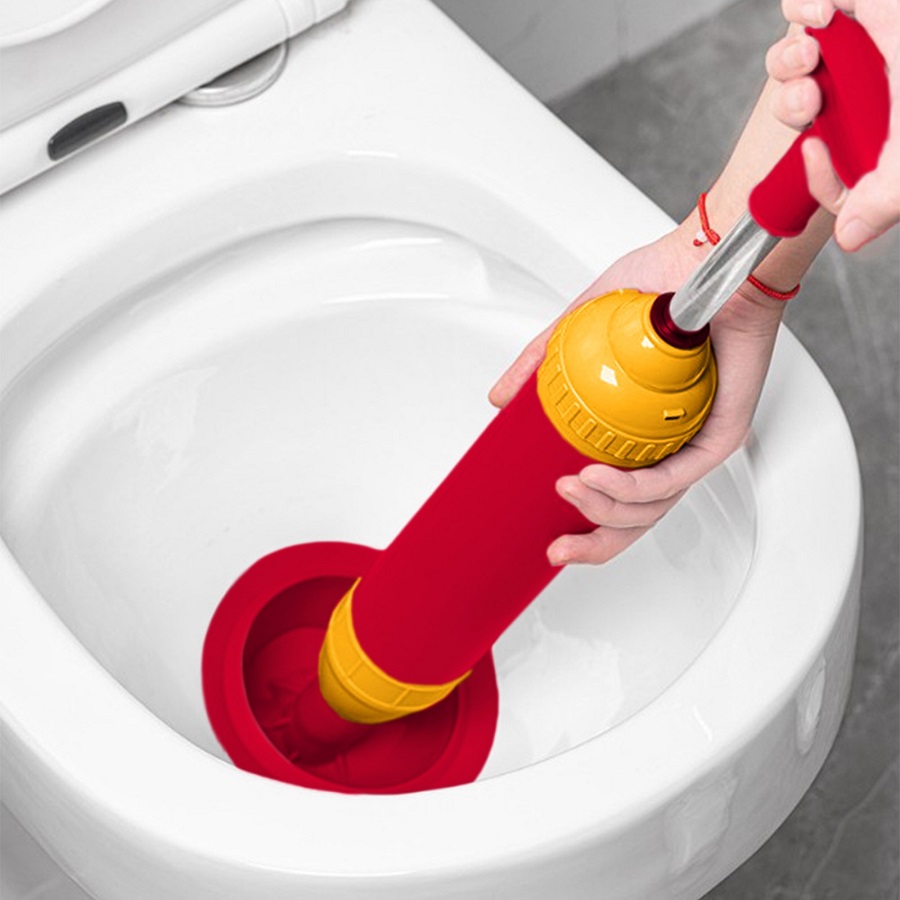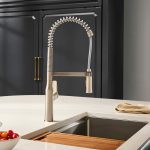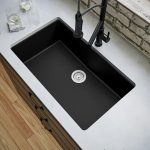The Different Designs of Toilet and Sink Plungers
When faced with a clog, reaching for the right plunger is essential. Toilet plunger and sink plungers have distinct designs tailored for their specific uses.
The key difference lies in their shape. Typically, a toilet plunger has a flange — an extra ring of rubber that extends from the bottom of the plunger cup. This flange allows it to seal tightly around the curved toilet drain. When you compare a toilet plunger vs sink plunger, you’ll notice the toilet plunger’s flange can fold up inside the cup, making it usable on flat surfaces too.
On the other hand, a sink plunger appears more like a traditional plunger with a simple rubber cup. It is designed for flat surfaces, like those of sinks or bathtubs. Its flat bottom creates the necessary seal to apply pressure and dislodge sink blockages. Since sinks and baths have a straight drain, the flat design of the sink plunger fits perfectly.
Understanding these differences is vital in tackling clogs effectively. Using a toilet plunger in a sink might not seal as well and could leave the blockage unresolved. Similarly, a sink plunger might not provide the necessary suction for toilet drain shapes. Remembering the toilet plunger vs sink plunger design will ensure you’re using the right tool for the job, preventing damage and ensuring a quicker resolution to plumbing issues.

How to Identify a Toilet Plunger
Identifying a toilet plunger is straightforward once you know what to look for. Firstly, examine the plunger’s shape. A toilet plunger has a flange — a protrusion, or extra ring, at the bottom. This design helps make a tight seal around the curved toilet drain. Look for the flange that is absent in a typical sink plunger.
Next, check the versatility. A toilet plunger often works on flat surfaces as well. This is due to the flange which can tuck up inside the cup. If you see that the plunger can adjust in this way, it’s likely designed for toilets.
The handle of a toilet plunger may also be a clue. They often have a longer handle to provide extra distance from the toilet bowl during use.
Lastly, remember the toilet plunger vs sink plunger rule. If it’s not flat-bottomed and has the additional flange, it’s meant for your toilet. By keeping these features in mind, you can correctly identify a toilet plunger and use it effectively for clogs in your toilet.
Recognizing a Sink Plunger
Recognizing a sink plunger is just as simple as identifying its toilet counterpart. Initially, focus on the plunger’s bottom. A sink plunger has a flat end, perfect for creating a seal on flat surfaces like sink or bathtub drains. Look for the absence of a flange – this is a key indicator of a sink plunger.
Moreover, consider the size of the cup. Sink plungers typically have a smaller cup compared to toilet plungers. This size is adequate for the less voluminous sink and tub drains. The handle could be shorter as well, since there’s no need for extra distance from the surface being plunged.
Remember the toilet plunger vs sink plunger distinction: no flange and a flat bottom mean it’s ideal for the sink. Keep these points in mind to choose the correct plunger for each situation. It will make clearing blockages much more efficient and help avoid any potential damage.
The Significance of Plunger Shape and Size
When tackling a clog, the plunger’s shape and size play pivotal roles. The right fit is crucial for effective unclogging. Here’s why the shape and size matter when choosing between a toilet plunger vs sink plunger.
First, let’s delve into shape. The toilet plunger has a bellows-like flange. This design caters to toilet drains’ roundness. It ensures a snug seal, crucial for the pressure needed to clear a clog. Without this tight seal, the plunger’s push has less force, reducing its clog-clearing power.
Now, on to the size. Toilet plungers often come larger than sink plungers. They need to cover the toilet’s larger drain opening. A plunger too small won’t form an effective seal, making the task harder. When it comes to a sink plunger, its smaller cup size matches the sink’s narrower drains. A larger cup would be impractical for the flat, smaller surface of a sink or tub drain.
In summary, for efficient use and avoiding further plumbing damage, knowing the difference in plunger shape and size is essential. Match the plunger to the job – a flange-designed, bigger toilet plunger for toilets, and a flat-bottomed, smaller sink plunger for sinks and tubs. Remember the toilet plunger vs sink plunger characteristics to ensure you’re equipped for quick and successful unclogging.
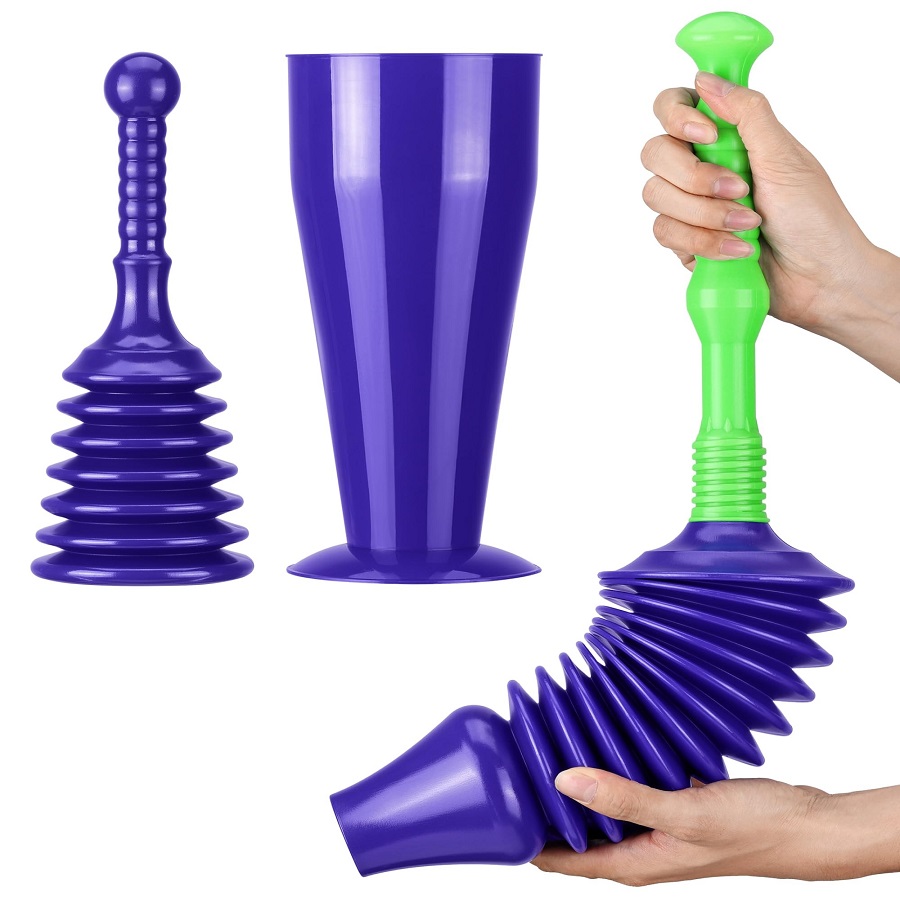
Best Practices for Using a Toilet Plunger
To effectively use a toilet plunger, follow these best practices. Begin with setting the plunger. Place it in the bowl and ensure the flange pulls down. This creates a seal on the drain. Next, push down gently at first. Slowly increase pressure to avoid splashing. The goal is to push and pull water, not air. Swift motions won’t help much. Keep the seal intact throughout. Water movement is key in dislodging clogs.
After several pushes and pulls, swiftly lift the plunger. Check if water drains fast. If it does, the clog is likely gone. If water still drains slowly, repeat the process. Be patient and persistent. It may take several tries to clear the clog. Do not flush right away to avoid overflow if the clog persists.
Once the clog clears, flush the toilet to rinse down any residue. This ensures the drain is fully clear. Cleaning the plunger after use is crucial. Rinse it with hot water and disinfectant. Store it properly to avoid bacteria spread. Doing these steps helps maintain your plunger and keep your toilet clear.
Always wear gloves when plunging for hygiene. Keep your face away from the bowl to avoid splashes. Use a consistent technique with each plunge for best results. Knowing how to handle a toilet plunger vs. sink plunger is part of the fixing process. Use these steps to clear your toilet effectively and keep your bathroom sanitary.
Tips for Effective Sink Plunger Use
To unclog sinks efficiently, use a sink plunger with care. Start by removing any items from the sink. This prevents damages and allows better access to the drain. Make sure the plunger cup covers the entire drain opening. It’s vital for creating a tight seal.
Fill the sink with water to submerge the plunger cup. Water pressure is more effective than air in clearing blockages. Place the plunger over the drain and press down firmly. Seal the plunger and pull up gently. The push-pull motion moves the clog.
For stubborn clogs, add a dash of dish soap to the water. It helps in breaking down grease and creating a slippery path for blockage removal. Avoid aggressive pumping to prevent water from splashing out. Be steady and patient.
After a few pushes and pulls, lift the plunger to see if water swirls away. If the sink drains, you’ve cleared the clog. If not, you may need to repeat the procedure several times. With persistent efforts, most clogs will clear.
Once you’re done, run hot water down the drain. It helps clear away any remaining debris. Clean your plunger with hot water and store it properly. This maintains hygiene and ensures the plunger is ready for future use.
Remember not to use a sink plunger immediately after chemical cleaners. It could splash harmful chemicals onto your skin or eyes. Always wear gloves for protection during the process. Following these tips will maximize the sink plunger’s effectiveness and maintain your drains.
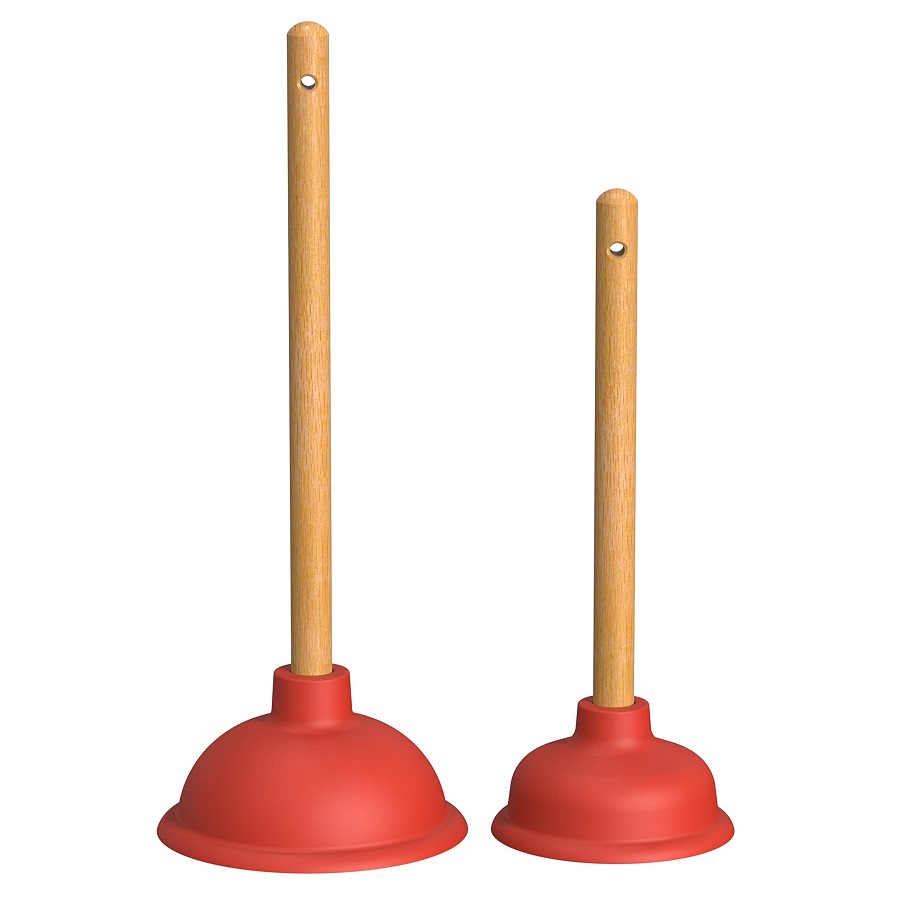
Maintenance and Care for Your Plungers
Proper maintenance and care extend the life of your plungers. After using a toilet plunger or sink plunger, always clean it thoroughly. Rinse with hot water to remove any debris. Next, sanitize with a mild bleach solution or disinfectant. This step kills germs and prevents the spread of bacteria.
Dry your plunger before storing to prevent mold. Store it upright in a dry area, away from direct sunlight, which can degrade the rubber. Check the rubber for cracks or brittleness regularly. A damaged plunger won’t seal well and needs replacement.
By taking care of your plungers, you ensure they’re ready for the next use. Remember regular cleaning and inspection. These easy steps keep your plungers effective for clearing clogs in toilets and sinks.
When to Use a Plunger and When to Call a Professional
Knowing whether to tackle a clog with a toilet plunger vs sink plunger or to call a professional is important. For minor clogs, a plunger often works well. Use a toilet plunger for toilet clogs and a sink plunger for sink blockages. Simple blockages usually clear after a few plunges.
Yet, some situations need a plumber. If you’ve tried plunging several times with no success, it’s time to call for help. Deep clogs may need professional tools. Also, if you notice water backing up in different fixtures, this could indicate a more serious problem. It might be a main sewer line issue. Only a professional can fix this.
Furthermore, if there are signs of a leak, don’t hesitate to contact a plumber. Leaks can damage your home. They may come from faulty pipes, not just a clog. If you hear water running when no taps are on, or see water stains on walls, get professional help.
In short, use a plunger for quick fixes. If the problem persists or seems serious, call a professional. This ensures that you avoid damage and get a fast resolution to plumbing issues. Always assess the situation before deciding on the DIY approach or professional help.
